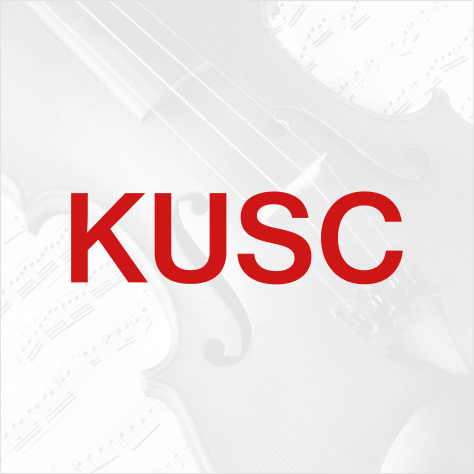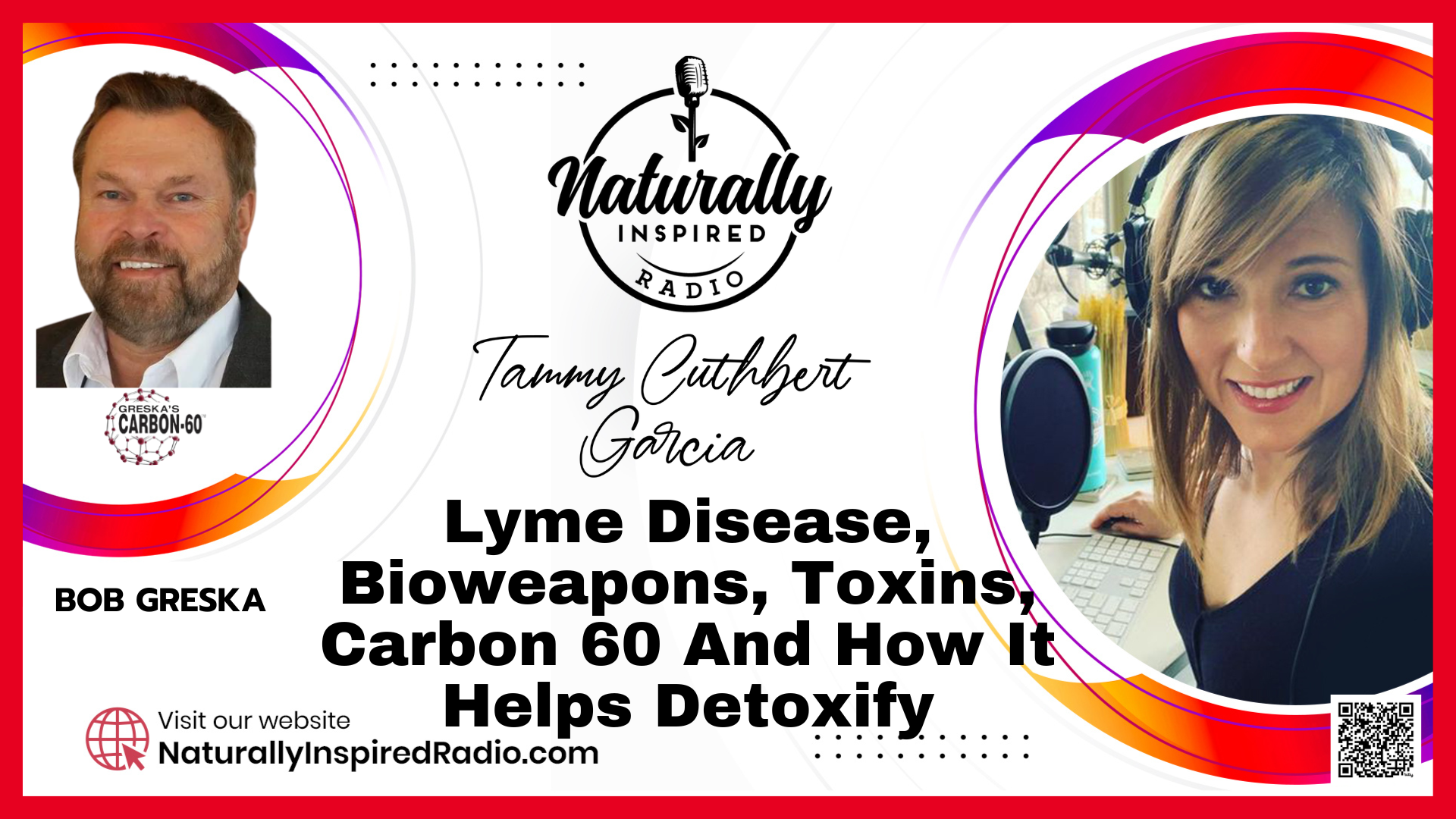Sigh huh, I got (while I daily work on web-online) local KUSC's classical music FM radio station 2 comfort me externally (outside of my body via ear's) & Holy, retributionary Eye's of Fire, Holy Majesty-King Jesus Christ, eternal Son of Yahweh Jehovah Father God & Heaven (itself) / 3 in 1-1 in 3 Holy Trinity & WITHOUT or NEVER QUESTIONING HIM 2 comfort me internally within; just had 2 share, if U-ANY wanna tune in2 (above's) music day or night, SIGH - https://www.kusc.org/
Circles
Posts
& sigh huh & regarding death of humanity by 2025, take it up with HER, NOT me - Deborah Tavares, (she lives in Sonoma County - Northern California), & is a activist with a research team & Elana Freeland who KNOWS Deborah, Elana is a investigator on various societal, misc thing's that affect us all USA - globally, & her email address: stargirth@gmail.com, ElanaFreeland@Protonmail.com, & her website: elanafreeland DOT com, & Deborah is whom I heard mention some time ago prior 2 year 2020 2 radio show host, George Noory of "Coast to Coast AM" regarding a possible sanitizing, annihilation, genocidal, bloodbath, massacre, eradicating, extermination, misc USA-global by 2025 by-from-via those of TOP Power-Authority (fill in blank's) – Email: NoSmartMeters@gmail.com, Her website: http://www.stopthecrime.net
🎙️ Latest Radio Show Has Posted.
#LymeDisease 🪲, #Bioweapons ☣️, #Toxins, Carbon 60 🤗 And How It Helps Detoxify With Bob Greska
🎥 Watch Video Version Here: https://bit.ly/4c6Rhnz
❤️ Contact Me Here: https://bit.ly/44FeoDE
🙏 Thanks So Much For Supporting And Sharing Our Content
Videos
In today’s episode of Direct Impact, Rick Sanchez is joined by Dr. Wilmer Leon and Garland Nixon, co-hosts of ‘The Critical Hour’ on Radio Sputnik. Together they wrap up a week of topics from President Joe Biden’s repeated public stumbles and growing concerns over his physical and mental fitness. Rick also criticizes Biden’s recent comments that suggest a world leadership delusion, disrespecting global leaders forging new alliances. Additionally, the panel addresses media bias, showcasing a rare video of President Vladimir Putin with Indian Prime Minister Narendra Modi, and concludes with a spoof on Vice President Kamala Harris from Comedy Central.
In this episode of Direct Impact, Rick Sanchez discusses several key issues from the week with political scientist and co-host of “The Critical Hour” on Radio Sputnik, Dr. Wilmer Leon. The show touches on Joe Biden’s most recent public blunders and the ensuing media and political fallout. Additionally, they analyze the political upheaval in France, where Marine Le Pen’s National Rally has made significant gains against Emmanuel Macron. Finally, the episode touches on Boeing’s ongoing troubles, including recent issues with their private space ventures.
On this week’s roundup of ‘Direct Impact’, Ben Swann fills in for Rick Sanchez. Radio co-hosts Wilmer Leon and Garland Nixon join the program to discuss the major breaking news of the week. Julian Assange is finally back home in Australia after years in a UK prison and the Ecuadorian Embassy in London. Plus, a coup attempt in Bolivia has led many to ask if outside powers are salivating at the chance to get at the biggest lithium reserves in the world. You don’t want to miss this!
Circles
Videos
In today’s episode of Direct Impact, Rick Sanchez is joined by Dr. Wilmer Leon and Garland Nixon, co-hosts of ‘The Critical Hour’ on Radio Sputnik. Together they wrap up a week of topics from President Joe Biden’s repeated public stumbles and growing concerns over his physical and mental fitness. Rick also criticizes Biden’s recent comments that suggest a world leadership delusion, disrespecting global leaders forging new alliances. Additionally, the panel addresses media bias, showcasing a rare video of President Vladimir Putin with Indian Prime Minister Narendra Modi, and concludes with a spoof on Vice President Kamala Harris from Comedy Central.
In this episode of Direct Impact, Rick Sanchez discusses several key issues from the week with political scientist and co-host of “The Critical Hour” on Radio Sputnik, Dr. Wilmer Leon. The show touches on Joe Biden’s most recent public blunders and the ensuing media and political fallout. Additionally, they analyze the political upheaval in France, where Marine Le Pen’s National Rally has made significant gains against Emmanuel Macron. Finally, the episode touches on Boeing’s ongoing troubles, including recent issues with their private space ventures.
On this week’s roundup of ‘Direct Impact’, Ben Swann fills in for Rick Sanchez. Radio co-hosts Wilmer Leon and Garland Nixon join the program to discuss the major breaking news of the week. Julian Assange is finally back home in Australia after years in a UK prison and the Ecuadorian Embassy in London. Plus, a coup attempt in Bolivia has led many to ask if outside powers are salivating at the chance to get at the biggest lithium reserves in the world. You don’t want to miss this!
In this episode of Direct Impact, Rick Sanchez is joined by friends of the show: Dr. Wilmer Leon and Garland Nixon, co-hosts of “The Critical Hour” on Radio Sputnik. Together, the group reviews the week in headlines, starting with President Putin’s strategic pact with North Korea amid criticism from the US State Department. Next, Donald Trump’s bold remarks on Ukraine funding are analyzed, as well as challenges facing President Biden’s leadership. Finally, they look at Mehdi Hasan’s critique of Israeli commentators and Jon Stewart’s critique of media control in the US, highlighting overlooked or misreported stories.
President Joe Biden has two obstacles standing in his way of reelection. His failure at the border, and the crippling inflation caused by his Bidenomics agenda. Inflation stood at 1.4% the month Biden took office and then skyrocketed to 9.1% in June 2022 before falling to 3% a year later. But it has been stuck near that still-elevated rate since. The president’s critics have dubbed the phenomenon “Bidenflation.” With record interest rates sitting at above 5% the economy has come to a stand still. Federal Reserve Chairman Jerome Powell claims recent high inflation has made it less likely we will see interest rates cut in the coming weeks and months. Initially the FED had predicted three rate cuts for 2024. But the FED wants to see inflation lower to 2% before they make any cuts. Without those cuts, Mortgage rates are at record highs and getting a loan can feel impossible. Making owning a new home, and even having children feel out of reach. On this episode of 360 Views, Scottie Nell Hughes discusses with her panel (Garland Nixon, Political Commentator; Steve Gill, Political Analyst and Radio Host; Steve Hayes, Tax Attorney and Chairman of Americans for Fair Taxation) if the Biden administration is destroying the American Dream.
Posts
Sigh huh, I got (while I daily work on web-online) local KUSC's classical music FM radio station 2 comfort me externally (outside of my body via ear's) & Holy, retributionary Eye's of Fire, Holy Majesty-King Jesus Christ, eternal Son of Yahweh Jehovah Father God & Heaven (itself) / 3 in 1-1 in 3 Holy Trinity & WITHOUT or NEVER QUESTIONING HIM 2 comfort me internally within; just had 2 share, if U-ANY wanna tune in2 (above's) music day or night, SIGH - https://www.kusc.org/
& sigh huh & regarding death of humanity by 2025, take it up with HER, NOT me - Deborah Tavares, (she lives in Sonoma County - Northern California), & is a activist with a research team & Elana Freeland who KNOWS Deborah, Elana is a investigator on various societal, misc thing's that affect us all USA - globally, & her email address: stargirth@gmail.com, ElanaFreeland@Protonmail.com, & her website: elanafreeland DOT com, & Deborah is whom I heard mention some time ago prior 2 year 2020 2 radio show host, George Noory of "Coast to Coast AM" regarding a possible sanitizing, annihilation, genocidal, bloodbath, massacre, eradicating, extermination, misc USA-global by 2025 by-from-via those of TOP Power-Authority (fill in blank's) – Email: NoSmartMeters@gmail.com, Her website: http://www.stopthecrime.net
🎙️ Latest Radio Show Has Posted.
#LymeDisease 🪲, #Bioweapons ☣️, #Toxins, Carbon 60 🤗 And How It Helps Detoxify With Bob Greska
🎥 Watch Video Version Here: https://bit.ly/4c6Rhnz
❤️ Contact Me Here: https://bit.ly/44FeoDE
🙏 Thanks So Much For Supporting And Sharing Our Content
SIGH as (I've?!) tried 2 repeatedly share-post via Holy Trinity's Counsel un2 my allowed, NON SELF owned via Holy Bible's Luke 9:24, eternal Soul - temporarily powering my (1's, general saying-speaking) temporary dust & ash corpse ie: like a a AAA battery 2 a old mobile AM-FM transistor radio, that THIS IS, even right now tick tock 'Time' (flies) currently-presently USA-globally is a exhibited (though shunned-ignored-resisted, misc) daily (day & night, 24/7) Holy War that Devil brought 2 us humanity AFTER B-ing defeated & 86-ed outta Heaven & ALL THIS is literally NOT suppose 2 B, NONE of it ie: humanity was SUPPOSE 2 B something else = U see what happens like LACK of 'SELF deny maintaining tight ie: housecleaning, ? misc' WITHOUT-NEVER questioning Holy Trinity what happens via cause & effect repercussion's & God's merciful patience is wearing THIN ie: sand in a hourglass via Holy Bible's Coming Book of Revelations! I told U USA-global humanity = DON'T anger HIM (God) as HE literally CAN deem scrapping ALL like used piece of paper & no have 2 even exhale-thought-blink a eye & ALL out quicker-faster than a candle!
& huh, the thing with TV-radio, misc marketing & advertising commercial's, stuck on stupid with how they can't just get a clue & B straightforward & do YO-their ad without all the this & that (U call-name it, ugh) like say, (?), I dunno, despite working 4 NPR News, down 2 earth, calm, normal, classy, misc news anchor Shay Stevens (I like her voice, just saying smile) does it straightforward as I think I wish her got her OWN show BUT that's just me, I wish News media: OANN, NewsMax, misc would honestly humbly offer her deal she can't refuse, just saying smile.


















